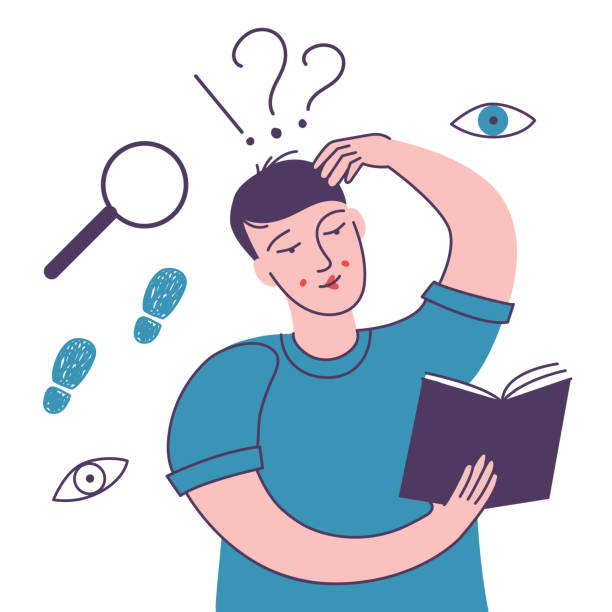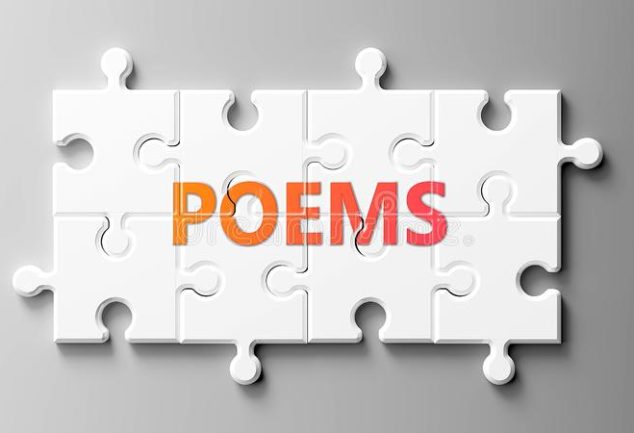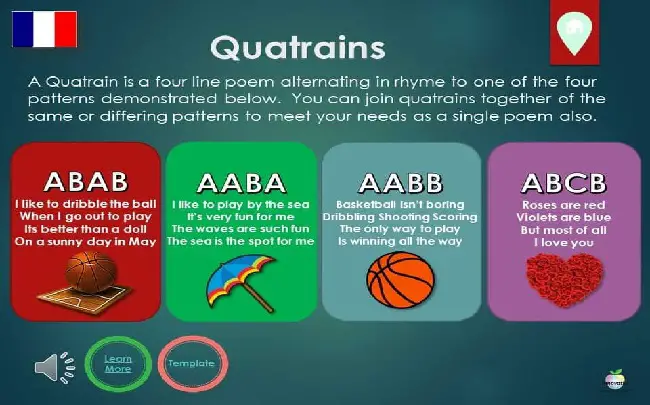Spoken poetry goes beyond the traditional written form, as it focuses on the sonic qualities of language and the impact of vocal delivery. By infusing rhythm, cadence, and intonation, spoken poetry creates a dynamic and evocative experience for both the performer and the audience.
Today, we will extensively look into the rudiments of spoken poetry to help you better understand how to draft one.

What Is The Meaning Of Spoken Poetry?
Spoken poetry is a captivating art form that blends the power of words with the expressive delivery of oral performance. It is a medium through which individuals can creatively express their thoughts, emotions, and experiences in a unique and engaging manner.
Put simply, spoken poetry aims to convey a message or evoke a specific response from listeners. It often tackles various themes such as love, social issues, personal growth, and introspection. Through the use of vivid imagery, metaphors, and storytelling techniques, spoken poetry allows artists to paint a vivid picture in the minds of their audience members. It provides a platform for individuals to share their unique perspectives and connect with others on a deeply emotional level.
Hence, spoken poems have remained a powerful tool for self-expression, advocacy, and storytelling, making it a meaningful and impactful art form.
How To Write A Spoken Poem?
Writing a spoken poem requires striking a balance between the written word and speech delivery.
The first step is to choose a topic or theme that resonates with you personally. It could be a powerful emotion, an experience, or a social issue that you feel strongly about. Once you have a clear idea, start brainstorming and jotting down your thoughts and feelings associated with the topic.
Furthermore rhythm and sound must play a crucial role in your write-up. Experiment with different word choices, sentence structures, and line breaks to create a natural flow and enhance the musicality of your piece. Consider the use of repetition, alliteration, and internal rhyme to add depth and resonance to your words. Additionally, pay attention to the pacing and cadence of your lines, allowing for pauses and variations in speed to build tension and emphasize certain moments.
To ensure the effectiveness of your spoken poem, practice reading it aloud several times. Focus on your delivery, using tone, volume, and gestures to enhance the emotional impact. Adjust the wording or phrasing if necessary to create a more powerful and cohesive performance.
Remember, spoken poetry is a form of art that thrives on the unique blend of written expression and oral performance, so be open to experimentation and let your creativity guide you.
What Is The Difference Between Spoken Poetry And Poems?
While both spoken poetry and traditional poems share a common goal of artistic expression through language, there are notable differences between the two forms.
The primary distinction lies in their medium of presentation and the emphasis on oral performance. Spoken poetry is specifically crafted to be performed and experienced through the spoken word. It places a strong emphasis on the sonic qualities of language, including rhythm, intonation, and vocal delivery. The performance aspect of spoken poetry adds an additional layer of expression and emotional impact, making it a highly engaging and immersive art form.
On the other hand, traditional poems are primarily focused on the written word. They are meant to be read and interpreted in the reader’s own voice and pace. Traditional poems often rely on visual imagery, metaphorical language, and literary techniques to evoke emotions and create meaning. While spoken poetry can incorporate these elements as well, it is more closely tied to the performer’s interpretation and delivery.
Also, the former often carries a distinct sense of urgency, immediacy, and connection to the audience, creating a unique experience that sets it apart from traditional poems.
What Is A Spoken Poem Called?
A spoken poem is commonly referred to as a spoken word poem or simply slam. This term encompasses the art form that merges poetry with performance, emphasizing the oral presentation and the impact of the spoken word. Spoken word poems are crafted to be performed and experienced in live settings, such as poetry slams, open mic nights, or spoken word events.
In recent years, spoken word poetry has gained significant popularity and recognition as a distinct art form. It has provided a platform for marginalized voices, allowing individuals to share their experiences, challenge societal norms, and promote empathy and understanding.
What Are The Elements Of Spoken Poetry?
Spoken word poetry comprises several key elements that contribute to its unique and powerful impact on the audience.
Firstly, the use of vivid imagery plays a vital role in creating a sensory experience for the listeners. Through carefully chosen words and descriptions, spoken poets paint pictures in the minds of the audience, transporting them into the world of the poem.
Another crucial element is rhythm. Spoken word poem often incorporates musicality and cadence to enhance the delivery and emotional resonance. This can be achieved through the use of repetition, meter, and deliberate pauses. Rhythm helps to establish a flow and pace, guiding the audience through the poem and creating a captivating and immersive experience.
Emotional depth and authenticity are also fundamental to spoken poetry. The ability to tap into and convey genuine emotions allows the poet to establish a connection with the audience on a visceral level. By sharing personal experiences, reflecting on universal emotions, or exploring social issues, spoken poets can evoke empathy, provoke thought, and inspire change.
Lastly, the performative aspect of spoken poetry adds an additional layer of impact. Body language, gestures, and vocal delivery contribute to the overall expression and interpretation of the poem. The spoken word artist’s presence and stage presence can amplify the emotional intensity and engage the audience on a more profound level.
What Are The Characteristics Of Spoken Poetry?
Spoken poetry exhibits several defining characteristics that set it apart as a unique art form.
- One of its prominent features is its emphasis on oral performance: Spoken poets craft their pieces with the intention of delivering them aloud, focusing on the sonic qualities of language, such as rhythm, rhyme, and repetition. The performance aspect of spoken poetry allows for a more immediate and visceral connection between the poet and the audience.
- Another characteristic is the incorporation of personal and authentic storytelling: Spoken poetry often draws from the poet’s lived experiences, allowing for raw and genuine expression. It provides a platform to share personal narratives, perspectives, and emotions, fostering a sense of intimacy and vulnerability in the performance.
- Strong social and cultural relevance is another characteristic of spoken poetry: Many spoken word artists use their platform to address social issues, advocate for change, and give voice to marginalized communities. The power of spoken poetry lies in its ability to spark conversations, challenge norms, and inspire collective action.
- The style and delivery are diverse and expansive: It welcomes experimentation, pushing the boundaries of traditional poetic forms. It allows for the fusion of different art forms, such as music, theatre, and visual arts, to create multidimensional performances. Spoken poetry celebrates individuality and encourages artists to find their unique voice and style.
Conclusion
Spoken poetry is a captivating and immersive art form that blends the power of language with the expressive qualities of oral performance. It encompasses the use of vivid imagery, rhythm, and authentic storytelling to create a profound impact on both the performer and the audience.
Furthermore, writing a spoken poem involves careful consideration of the topic, crafting the language and rhythm to create a natural flow, and practising the delivery to enhance the performance. While traditional poems are meant to be read and interpreted in the reader’s own voice, spoken poetry thrives on the unique blend of written expression and oral presentation.
The difference between spoken poetry and traditional poems lies in their medium of presentation and the inclusion of oral performance. With its emphasis on oral delivery, authentic storytelling, and social relevance, spoken poetry continues to inspire and impact both artists and audiences alike.
FAQs
1. How can I improve my spoken poetry performance?
To improve your spoken poetry performance, practice reading your poems aloud to work on your delivery, intonation, and timing. Pay attention to your body language and gestures, and consider incorporating them to enhance the emotional impact. Seek feedback from others and observe experienced spoken word artists to learn from their techniques.
2. Is it necessary to memorize spoken poems?
Memorizing your spoken poems can add an extra level of connection and engagement with the audience. However, it is not always necessary. Some spoken word artists prefer to use notes or perform with the text in front of them. Find the approach that works best for you and allows you to deliver your poem with confidence and authenticity.
3. Can anyone perform spoken poetry?
Absolutely! Spoken poetry is an inclusive art form that welcomes voices from all backgrounds and experiences. Whether you are an experienced poet or new to the art form, anyone can explore and engage in spoken poetry. It is a platform for self-expression and storytelling, offering a space for everyone to share their unique perspectives and connect with others.
4. How can I find spoken word events or communities?
Look for local poetry slams, open mic nights, or spoken word events in your area. Check with local coffee shops, art venues, or cultural organizations that often host spoken word performances. You can also search online platforms, social media groups, or websites dedicated to poetry and spoken word to find events and communities.
5. Can spoken poetry be recorded and shared online?
Absolutely! In fact, sharing spoken poetry online has become increasingly popular and accessible. You can record your performances and upload them on platforms like YouTube, SoundCloud, or social media channels to reach a wider audience. Online platforms also offer the opportunity to collaborate with other artists, participate in virtual poetry events, and connect with the global spoken word community.
6. Can I combine other art forms with spoken poetry?
Absolutely! Spoken poetry encourages interdisciplinary collaborations and the fusion of different art forms. You can explore combining spoken poetry with music, dance, visual arts, theatre, or any other medium that complements and enhances your message. This interdisciplinary approach adds layers of creativity and depth to your performance, providing a multi-sensory experience for the audience.
7. Can spoken poetry be used for activism or social change?
Yes, spoken poetry has been widely used as a powerful tool for activism and social change. Its ability to address social issues, share personal narratives, and create empathy makes it an effective medium for raising awareness and inspiring action. Spoken-word artists often use their platform to shed light on systemic injustices, challenge societal norms, and advocate for equality and justice.




